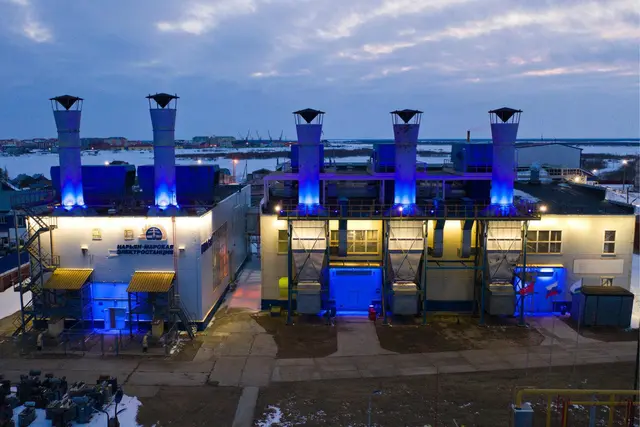Fast-growing bilateral trade between China and ASEAN countries has led to consensus that closer economic cooperation is desired by both sides despite frictions on the seas.
Bilateral trade between China and ASEAN amounted to 400.1 billion U.S. dollars last year, nearly six times that of 10 years ago. In the first half of 2013, bilateral trade surged to 210.56 billion U.S. dollars, up 12.2 percent year on year.
China has become ASEAN's largest trading partner, while ASEAN ranks as China's third-largest trading partner.
"An economically stable ASEAN and China are crucial to the world economy. It is incumbent upon us to deepen ASEAN-China cooperation to meet our common objectives," said Myanmar President H. E. U. Thein Sein during the ongoing 10th China-ASEAN Expo (CAEXPO) in the south China city of Nanning.
At CAEXPO's opening ceremony on Tuesday, Chinese Premier Li Keqiang said China and ASEAN should work together to cope with risks and strive to maintain stable economic operations and healthy development, which Li said are the common interests of all parties.
"We are facing various new challenges and the China-ASEAN strategic partnership will be conducive to facing and conquering these challenges," said Thai Prime Minister Yingluck Shinawatra.
"China and ASEAN have increasingly combined forces to lift the influence and competitiveness of both sides in the world economy," said Zheng Junjian, secretary general of the secretariat of the China-ASEAN Expo.
CAFTA'S role
To deepen economic cooperation, premier Li proposed upgrading the China-ASEAN Free Trade Area (CAFTA), adding that the Chinese side will strive to expand bilateral trade to 1 trillion U.S. dollars by 2020.
Launched in 2010, CAFTA has become the world's largest free trade area among developing countries, covering a total population of 1.9 billion.
CAFTA has been effective in promoting mutual economic benefit between China and ASEAN, and will have an important role in improving Sino-Philippine relations, said Corazon H. Dichosa, an officer with the Board of Investments of the Philippines.
"In the FTA, there are a lot of opportunities for China-ASEAN cooperation. Under the framework, we are strengthening cooperation with China in terms of investment and trade," said Dichosa.
As the "country of honor" for this year's CAEXPO, the Philippines set up four themed pavilions exhibiting products from coffee to souvenirs, handmade jewelry and snacks. Dozens of purchasers clustered in front of the booths discussing business.
Disputes not mainstream
On Tuesday, Premier Li said the South China Sea disputes are not mainstream and will not affect overall China-ASEAN cooperation. He said China has always firmly held that disputes should be resolved through friendly negotiations.
Divergence on certain issues is a fact, and such divergence should be resolved peacefully through negotiation, Vietnamese Prime Minister Nguyen Tan Dung said while responding to Li's remarks.
"Disputes indeed exist, but things have not deteriorated as far as I can see," said Dr. Francis Chua, chairman emeritus of the Philippine Chamber of Commerce and Industry. "Non-governmental trade, investment and tourism cooperation remains normal. China is still the biggest trade partner of the Philippines."
Bilateral trade between China and the Philippines reached an unprecedented 36.4 billion U.S. dollars in 2012, a 12.8 percent increase year on year.
"It is widely believed in the Philippine business circle that disputes are only a small part of China-Philippines relations and they will be well settled through friendly ways," said Fernando Gan, secretary general of the Federation of Filipino-Chinese Chambers of Commerce & Industry, Inc.
Expanding mutual investment
According to Li, China will strive to increase bilateral investment by 150 billion dollars during the next eight years, encouraging mutual investment on both sides.
Laotian Prime Minister Thongsing Thammavong said Laos has passed an investment promotion act to expand foreign investment. "I sincerely invite enterprises from China and ASEAN to go to Laos for a business survey and seek opportunities to invest in Laos."
Anan Athigapanich, executive director of Thailand-based CP Pokphand Co., Ltd. has just signed a 220-million-yuan feed mill deal with Wuxuan County, Guangxi.
Last year, he invested in a pig breeding project in Wuxuan with annual production of 1 million pigs. For the next step, the senior executive expects to develop a complete animal feed processing industrial chain in Wuxuan.
"I can see broad prospects of closer China-ASEAN cooperation, and we feel confident about our investment in China," said Anan Athigapanich.
China's telecom giant Huawei has invested heavily and become a major communication equipment provider in the Philippines.
"Our network has provided service to more than 60 million users in the Philippines, including 2 million mobile web users," said Dai Zhihua, CEO of Huawei Technologies Philippines, Inc. "We feel proud that almost every wireless communication user is using Huawei's product."
 简体中文
简体中文

